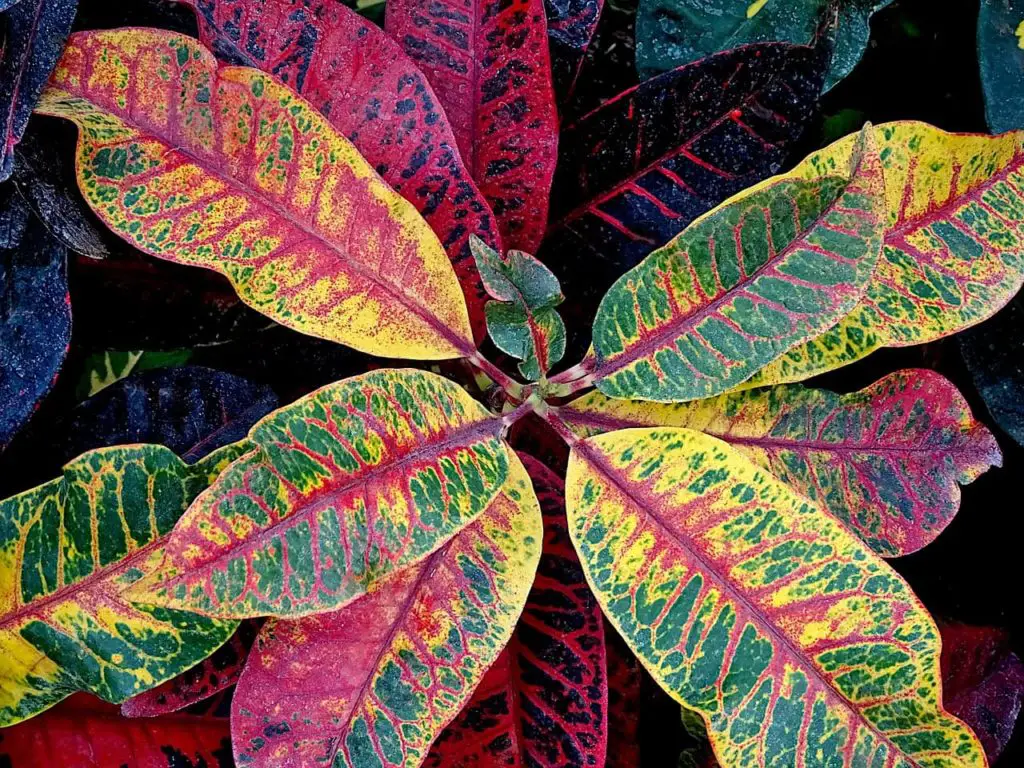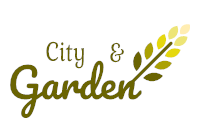Successful gardening is about understanding the plant’s needs. There is a common belief that there is specific plants like to be root bound. So you are wondering “do croton plants like to be root bound!
In this article, we gonna discuss why some people believe that. And what your croton actually likes.
But before diving deep into the details we will put the answer of our main question as simple as this” Do croton plants like to be root bound? Croton plants do not like to be root bound. Because when there is no space for the roots to grow anymore the plant is facing survival challenges. Therefore it copes to such a challenge by focusing its energy to have offsprings by blooming.
However, some growers let their crotons to be root bound in order to force blooming. So the question of whether croton plants like to be root bound is actually about the growers wants rather than the plant needs.
For the plant, it will be healthier if it found enough space to grow its roots as it does in nature. Keep reading to know how root bound effect the croton plants.

How root bound effects croton plants
Soil
when your croton has root bound, that means the roots took the soil space. Therefore there is less soil when compared with the normal root system.
The lake of soil means the medium that holds moisture and nutrients ( soil) for the roots to absorb through time is weak. Or not enough.
Such a thing will affect your plant by signs of dehydration and nutrients deficiency.
The croton plant will focus on regeneration rather than healthy growth.
In nature, croton plants do not root-bound. They grow in a healthy way. The plant grows both its foliage and root system in normal proportions.
But when the plant found itself root-bound, it takes it as there is no way for its survival. Therefore it focuses on booming at the expense of its normal growth.
May some people intentionally let their croton be root bound in order to intensify the blooming. But what they don’t know is that they are achieving such ends at the expense of the plant’s health.
Now you know what root bound can do to your plant. And the cost of forced blooming. Choosing to do it or not is up to your gardening philosophy.
Signs that your croton is root bounded
Pot signs
This is the clearest sign. It is a very obvious and common sense. When you see the sides or the bottom of your plastic pot is inflated and swelled as there are roots pushing from inside, most probably your croton is root-bound.
Dehydration signs
As I mentioned earlier when the roots of the croton are bounded they took the soil space. And water will drain quickly because there is no enough soil to hold it.
Such a thing will expose your plant to dehydration. The plant’s leaves may start to yellow and drop. Remember the signs that show that plant is under stress are similar but the cause of the stress is your job to know in order to fix it.
Your plant may show similar signs and the cause of the stress is root rot. So you need to check the roots in order to decide and act accordingly.
Nutrients deficiency
When the croton plant under root bound stress it may show nutrients deficiency signs like yellowing and dropping leaves.
Since there is already a lake of soil particles, the nutrients and fertilizer you add to the pot will drain quickly without a medium to hold it.
Therefore croton plants that roots bound may suffer from nutrients deficiency.
Stunted growth
As I mentioned before when a croton plant finds itself root-bound it understands that it will die soon. So it responds by stoping the foliage growth and focusing on blooming in order to have offsprings ( saving it is species).
What to do If your croton is root bound
The obvious and most common sense thing to do when your croton plant is root bound is to repot it. Keep reading to know-how
Repotting root bound croton
Step 1:
Pull your croton plant from its pot gently by putting your fingers through the plant stem and turn the pot upside down.
If the root-bound is severe you may find it hard to take the plant from the pot. In such a case by using a sterilized knife cut the soil edges ( near the pot internal sides). By doing so you will cut some of the plant’s roots. But don’t worry it is ok.
Step 2:
Choose a pot that a 2 inches larger than the old pot. And the pot that you choose should have the depth of 1/3 of croton length.
Step 3:
Put some potting soil in the new pot. Then put the croton plant with its roots ball in the new pot. Then fill the pot with a potting mix that has well-draining properties.
Step 4:
After you well placed your croton in its new pot, water it in order for soil to be well compacted.
Croton plant is very sensitive to change. It gets shocks easily. So if your plant showed stress signs after repotting, don’t worry.
Just keep treating it as you should in terms of watering, light, and temperature. And your croton will recover through time.
Can Croton have wonderful blooms without being root bound
The goal behind letting croton’s roots to be bounded is to increase their blooming rate. You can have wonderful and bright croton blooms without doing so.
Just make sure that you chose a pot that not too wide and deep for your croton. So the soil does not stay moist for a long period of time. And at the same time, there is enough space for the roots to grow.
And fertilize your croton during the growing season with fertilizer that has enough phosphorus content.
In conclusion
In this article, I hope that I dispelled the myth that croton plants like to be root bound. From the plant perspective, it is not happy when its roots are bounded.
Actually, such a thing gives it the signal that it will die. And it responds to such a signal by focusing on blooming. Here the grower’s perspective came, the grower thinks that such a response is normal and he just wants the blooms.
However, you can have blooming croton without putting it under such stress simply by applying phosphorus-rich fertilizer during the growing season. For more detailed information and a holistic perspective on caring for potted plants and mastering Container Gardening, Get my book Container Gardening: A Step-by-Step Practical Guide.

